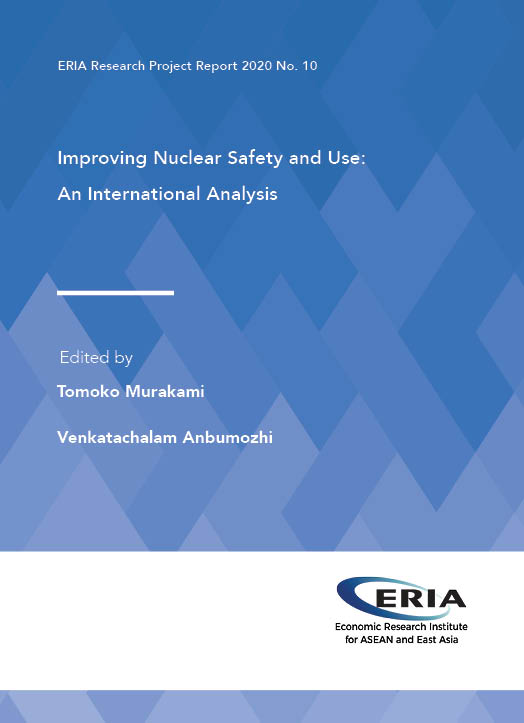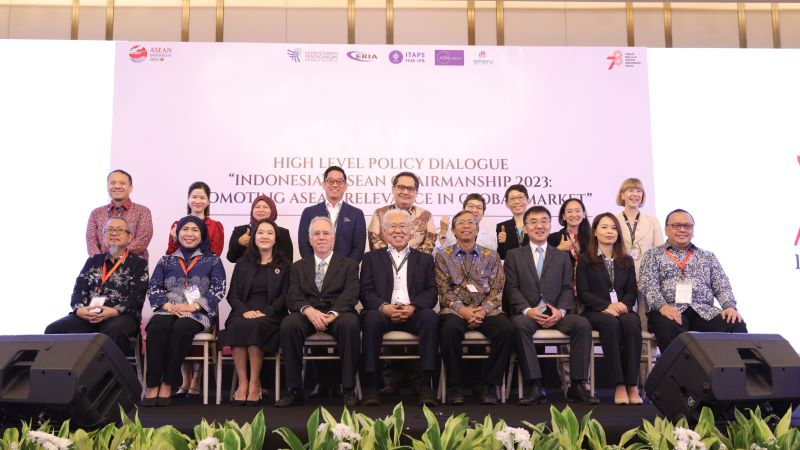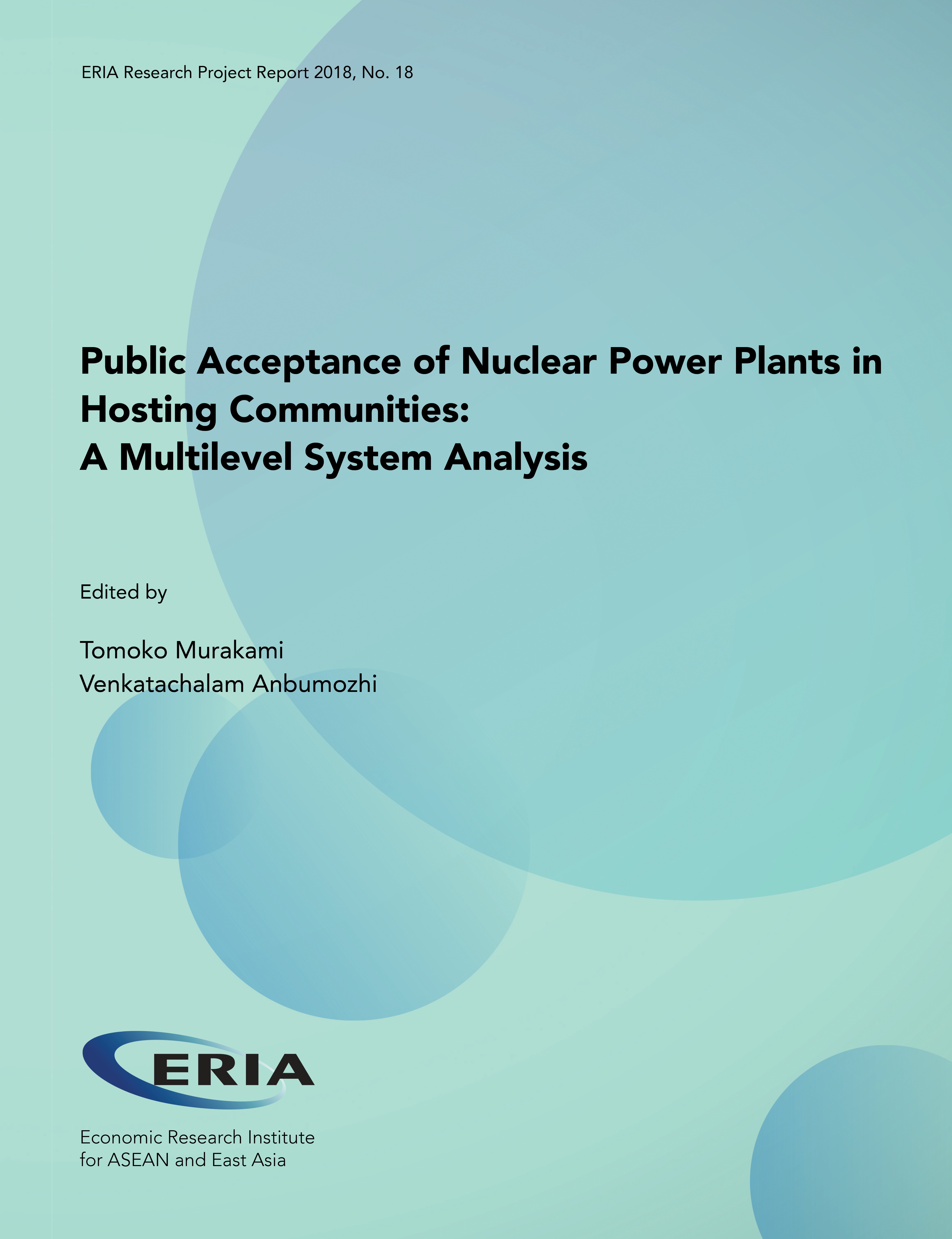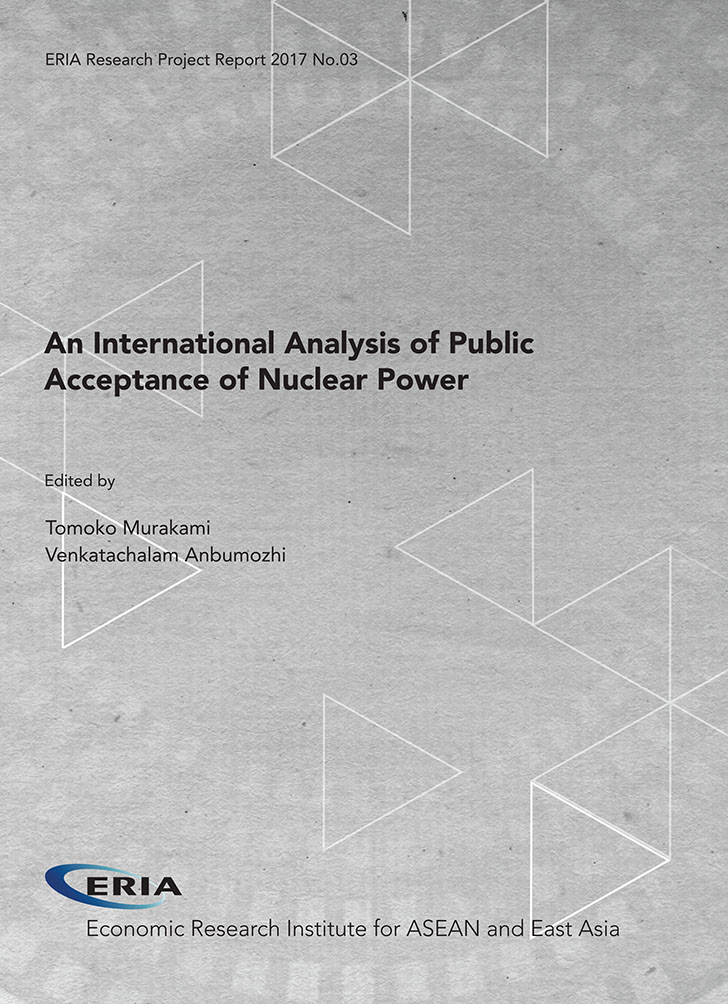Improving Nuclear Safety and Use: An International Analysis

Date:
4 September 2020Type:
Research Project ReportsTags:
nuclear, Energy, Japan, United States, Regulation and Governance, survey, safetyPrint Article:
No industry is immune from accidents. In relation to nuclear power, safe use focuses on unintended conditions or events leading to radiological releases from authorised activities. A fundamental principle of nuclear power plant operation worldwide is that the operator is responsible for the basic safety. This is facilitated by, first by the national regulator who is responsible for ensuring the plants are operated safely by the operator. The second important safety principle is that safety regulations are to protect people and the environment, and regulations are made in sound technical grounds, taking into consideration the operation costs and benefits. Third, there are international standards in designing of nuclear power plants and certification of its reactors with several sets of codes and standards related to safety. From this context, this report investigates the design and operational concepts of nuclear power plants to minimise the likelihood of accidents, when they occur. The international analysis show that an optimum tolerable level of safety is feasible by applying an integrated deterministic method that incorporate the concept of probabilistic risk assessment. It concludes that safety is to be judged based on whether residual risks are within the tolerable range, which could also be regarded as safety goal to be set by the regulators.
Full Report
Improving Nuclear Safety and Use: An International Analysis
Contents
Chapter 2 Survey on Nuclear Capacity Factor and Related Troubles
Chapter 3 Survey on Reasonable Regulation, Communication, and Continuous Improvement
Chapter 4 Policy Proposal for Countries Considering the Introduction of Nuclear Power




